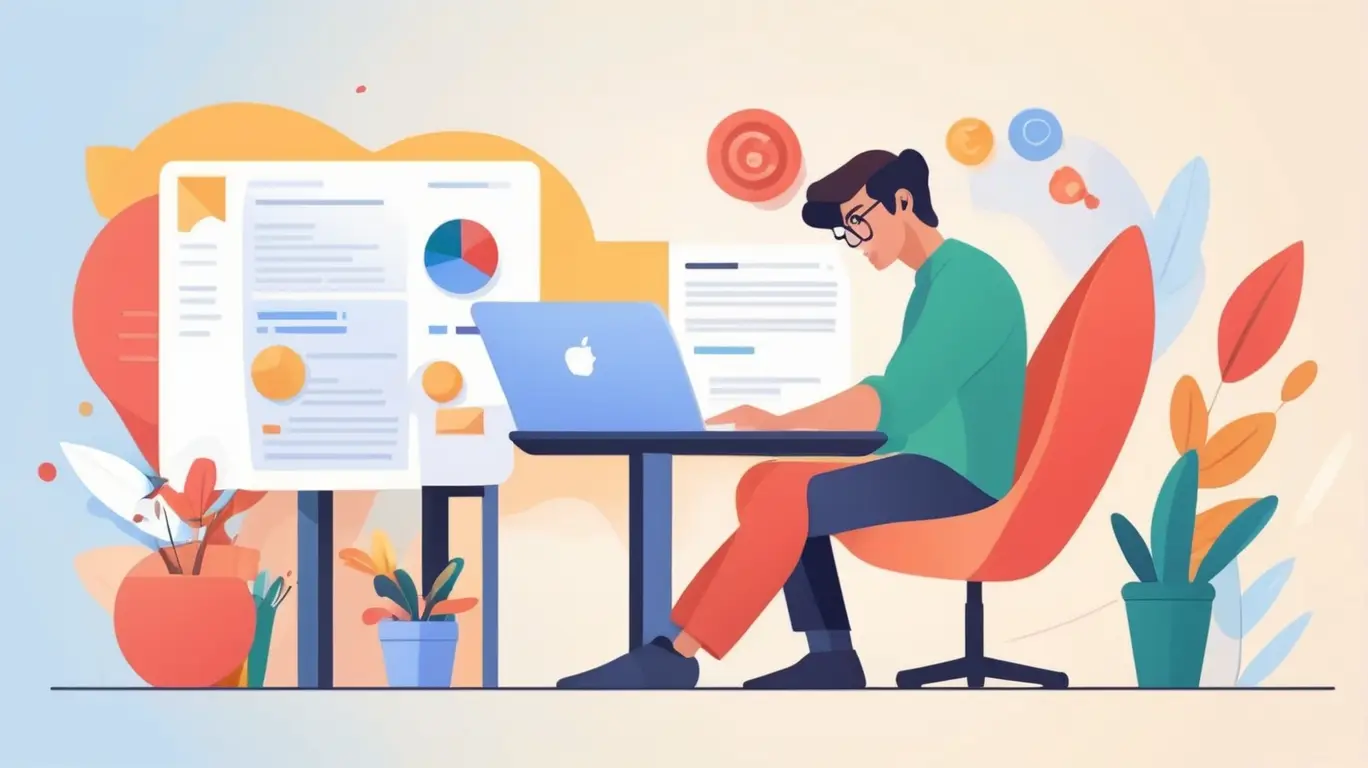
Getting hit with a Google Penalty can feel like the end of the world, especially if your website is your primary source of income or traffic. But don’t panic—recovering from a penalty is possible, and this guide will walk you through every step. By the end, you’ll have a roadmap to bounce back stronger and ensure your site stays penalty-free in the future.
A Google Penalty occurs when your website violates Google’s quality guidelines, either intentionally or unintentionally. These penalties can significantly reduce your search rankings, limiting your site’s visibility and traffic.
There are two main types of penalties:
Before we dive into recovery, it’s important to confirm that your site is indeed penalized. Use tools like the Google Penalty Checker to verify.
The first step is pinpointing why you were penalized. Here’s how:
Log into Google Search Console to check for manual actions. Navigate to the “Manual Actions” section under “Security & Manual Actions.”
If there’s a manual penalty, Google will provide a reason, such as:
If you suspect an algorithmic penalty, examine your website’s traffic using tools like Google Analytics or SEMrush. Sudden drops often coincide with Google algorithm updates, such as Panda, Penguin, or Core Updates. Learn more about identifying penalties in Neil Patel’s guide.
Once you know the cause, it’s time to resolve it. Here’s how to address common issues:
Backlinks from low-quality or irrelevant websites can trigger penalties. Use tools like Ahrefs or Google Search Console to audit your backlinks. Identify spammy links and either:
If thin or duplicate content is the issue:
Monitor and clean up spam in comments or forums on your site. Implement CAPTCHA tools to prevent bots from spamming.
For manual penalties, once you’ve fixed the issues, submit a reconsideration request through Google Search Console. Explain:
Be honest and detailed. It can take a few weeks for Google to respond, so be patient.
After fixing the issues and submitting your request:
Always adhere to Google’s Webmaster Guidelines. These guidelines provide best practices for content, links, and technical SEO.
Leverage tools to maintain a healthy website. Check out our guide on Top 5 Free SEO Tools You Should Be Using Right Now.
Perform periodic audits to identify potential issues. Tools like Screaming Frog and Moz Pro can help you stay ahead of problems.
Google values Expertise, Authoritativeness, and Trustworthiness (E-A-T). Publish content that showcases your expertise and builds trust with your audience.
Recovering involves identifying the cause of the penalty, fixing the issues, and submitting a reconsideration request if necessary. Regularly monitor your site to prevent future penalties.
Address the specific issues flagged in Google Search Console, such as spammy backlinks or duplicate content. Submit a reconsideration request for manual penalties and improve your site’s overall quality.
Manual penalties can last until Google reviews your reconsideration request, which may take weeks. Algorithmic penalties often resolve after the next algorithm update if issues are fixed.
Check the “Manual Actions” section in Google Search Console or analyze traffic drops to identify algorithmic penalties.
Look for sudden traffic drops, ranking decreases, or notifications in Google Search Console.
Identify the cause, fix the issues, and submit a reconsideration request if it’s a manual penalty. Follow best practices to prevent future penalties.
Use tools like Google Penalty Checker or analyze traffic trends using Google Analytics.
Welcome to NextAgeSEO, your trusted partner in navigating the dynamic world of digital marketing and search engine optimization. Founded by Muhammad Hussain, a visionary entrepreneur from the vibrant city of Faisalabad, Pakistan, we are dedicated to helping businesses thrive in the ever-evolving digital landscape.
If you do not want to miss any updates or notices, please subscribe to our mailing list.
Copyright by NextAgeSEO All rights reserved.
Simply desire to say your article is as astounding.
The clarity for your post is simply great and that i can assume you are knowledgeable on this subject.
Fine together with your permission let me to take hold of your feed to keep updated with approaching post.
Thanks one million and please keep up the rewarding work.
I got this site from my buddy who informed me on the topic of
this website and at the moment this time I am visiting this web site and reading
very informative articles or reviews here.